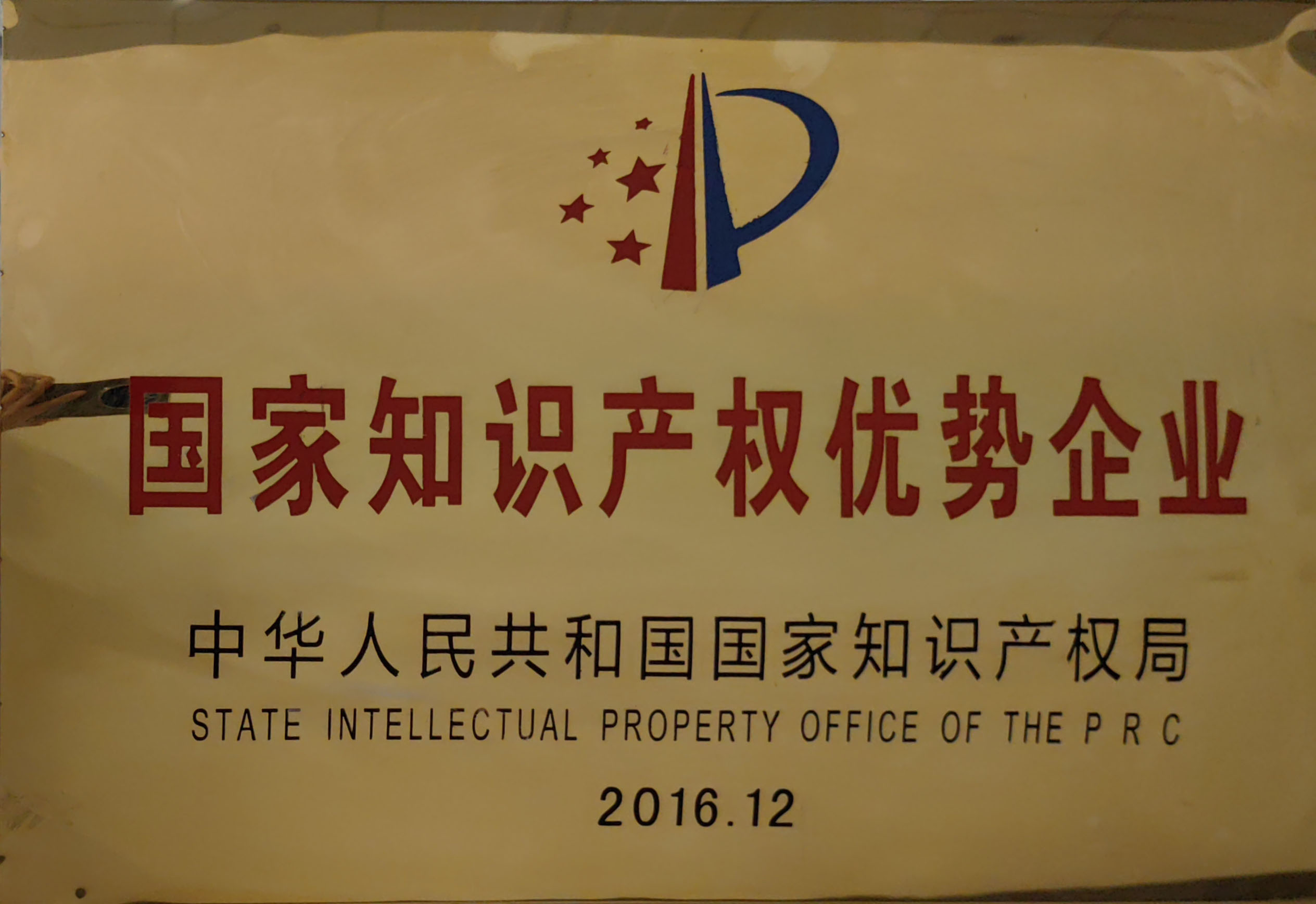
Oct . 21, 2024 12:37
Back to list
Gas Pressure Regulator Valve Functionality and Applications Explained
Gas Pressure Regulator An Overview
Gas pressure regulators are crucial devices used in various industries and applications to control the pressure of gases delivered from a source to end users. Whether it is in heating systems, industrial processes, or household appliances, maintaining the correct gas pressure is essential for safety, efficiency, and performance. This article explores the functions, types, and importance of gas pressure regulators.
Understanding Gas Pressure Regulation
Gas pressure regulation involves managing the pressure levels of gases to ensure that they are within safe and effective operating ranges. Regulators are designed to maintain a constant output pressure despite fluctuations in input pressure from the gas supply or variations in flow rate demand.
The primary function of a gas pressure regulator is to reduce the high pressure of gas coming from its source, such as a cylinder or pipeline, down to a lower, usable pressure. This controlled output can then be safely utilized by appliances like furnaces, stoves, or industrial machinery without the risk of damage or hazards associated with excess pressure.
How Gas Pressure Regulators Work
Gas pressure regulators work through mechanical and sometimes electronic components that automatically adjust the flow of gas. The main components typically include an inlet pressure port, an outlet pressure port, a diaphragm, and a spring system.
When gas enters the regulator, it fills the chamber and exerts pressure on the diaphragm. As the diaphragm deflects, it moves a valve that either opens or closes to adjust the amount of gas flowing to the outlet. When the demand for gas increases, the pressure in the outlet decreases, causing the diaphragm to move and open the valve further, allowing more gas to flow. Conversely, if the demand decreases, the valve closes slightly to maintain the desired outlet pressure. This feedback mechanism helps stabilize the system and ensures consistent performance.
.
There are various types of gas pressure regulators designed for specific applications. These include
صمام تنظيم ضغط الغاز

1. Single-Stage Regulators Designed for applications with relatively stable inlet pressure, these regulators reduce high inlet pressure to a preset lower outlet pressure in one step.
2. Two-Stage Regulators These provide a more precise regulation and are suitable for applications with significant variations in inlet pressure. The first stage reduces the high inlet pressure to an intermediate level, and the second stage further reduces it to the desired outlet pressure.
3. Electronic Regulators These advanced regulators employ sensors and electronic controls to maintain precise pressure levels. They can adjust automatically based on real-time feedback and can be integrated into automated systems.
4. Industrial Regulators These heavy-duty regulators are designed for high flow rates and are constructed to withstand harsh operating conditions. They are commonly used in large-scale industrial operations.
Importance of Gas Pressure Regulators
The importance of gas pressure regulators cannot be overstated. First and foremost, they ensure safety by preventing the risks associated with over-pressurization, which can lead to leaks, explosions, or equipment failure.
Moreover, regulators contribute to efficiency in gas usage, minimizing waste and optimizing performance. By providing consistent pressure, they help maintain the functionality of gas-powered appliances, ensuring they operate effectively and consume fuel efficiently.
In addition to enhancing safety and efficiency, gas pressure regulators also play a role in regulatory compliance. Many industries are required to adhere to strict safety standards concerning gas pressure management, and using proper regulators ensures compliance with regulations.
Conclusion
Gas pressure regulators are indispensable devices that facilitate the safe and efficient use of gas across various applications. By controlling gas pressure, these regulators enhance safety, optimize performance, and ensure compliance with regulatory standards. Whether in residential, commercial, or industrial settings, the importance of proper gas pressure regulation cannot be overlooked, making these devices vital for everyday operations. Understanding their function and types can help users select the right regulator for their specific needs, ensuring reliable and safe gas usage.
Next:
Latest news
-
Safety Valve Spring-Loaded Design Overpressure ProtectionNewsJul.25,2025
-
Precision Voltage Regulator AC5 Accuracy Grade PerformanceNewsJul.25,2025
-
Natural Gas Pressure Regulating Skid Industrial Pipeline ApplicationsNewsJul.25,2025
-
Natural Gas Filter Stainless Steel Mesh Element DesignNewsJul.25,2025
-
Gas Pressure Regulator Valve Direct-Acting Spring-Loaded DesignNewsJul.25,2025
-
Decompression Equipment Multi-Stage Heat Exchange System DesignNewsJul.25,2025

